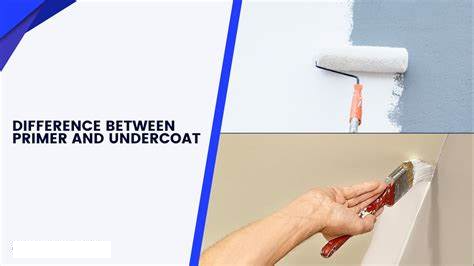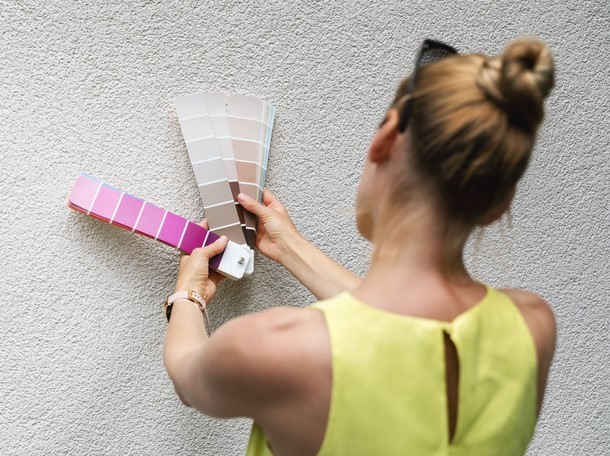
So you’ve just finished repainting the old timber house, it looks great; but only a few weeks later blisters occur on the sides that are exposed to the most sunshine, and the blisters cause the new paint film to peel off, sometimes back to bare timber. Sounds familiar? Why does this happen, and how can we prevent it?
Blistering is a common problem that can occur when re-painting timber weatherboards. Many disputes between painters and their clients arise because the new coats of paint form blisters soon after application. This is when the surface of the paint develops bubbles or blisters, which can then burst and leave behind unsightly patches of peeled paint. Blistering can occur for a variety of reasons, including poor preparation, inadequate priming, and incompatible paint types, but the most common cause of blistering is moisture.
Timber weatherboards are particularly susceptible to moisture-related problems because they are constantly exposed to the elements. Rain and humidity can all contribute to the moisture content of the timber, which can cause the wood to swell and contract. When moisture gets trapped beneath a layer of paint, it can create pressure that causes the paint to lift and bubble. The current trend to paint timber houses using dark colours exacerbates this problem, because the darker colours absorb heat and create air gas bubbles that need to escape the substrate.
Poor preparation can also contribute to blistering. If the surface of the timber is not properly cleaned and prepared before painting, any dirt, grease, or other contaminants can interfere with the adhesion of the paint. This can cause the paint to lift and bubble, especially if the timber is not completely dry before painting.
Inadequate priming can also cause blistering. A good quality primer helps to seal the timber and prevent moisture from penetrating the surface. If the primer is not applied properly, or if an insufficient number of coats are used, moisture can still seep through and cause blistering.
To prevent blistering, it is important to take proper care when painting timber weatherboards. This includes ensuring that the surface is clean and dry before painting, using a high-quality primer, and selecting a paint that is compatible with the timber surface. Painters should use a moisture meter to check the moisture content in the timber. If the moisture content is above 15% the existing paint may need to be stripped off to allow the timber to dry thoroughly.
When painting over old timber surfaces it also pays to do an adhesion test. A simple adhesion test is done by scoring the paint film using a sharp blade, in a cross hatch pattern. Place some tape with strong adhesion (such as duct tape) over the paint surface, press it down, and then quickly remove the tape by ripping it off. If any paint comes off and sticks to the tape the paint film has failed the adhesion test, and the entire surface may need to be stripped of paint before repainting.
If this occurs the painter should give the client the option of stripping off the paint. In most cases the building owner cannot afford to pay for the complete stripping of the paint. In this case the painter should put this in writing and inform the client that adhesion failure of the new coats of paint or blistering is possible, and no responsibility will be taken if this occurs.
In many cases it is more cost effective to treat the paint bubbles that may occur by cutting them out, sealing the bare timber, and filling the surface before recoating. This is also an acceptable outcome as long as the home owner is aware of this prior to work commencing.
In conclusion, blistering of new paint on timber weatherboards is a common problem that can be caused by a variety of factors, including moisture, incompatible paint types, poor preparation, and inadequate priming. By taking the necessary steps to ensure substrates are dry, and ensuring proper preparation, it is possible to avoid blistering and achieve a high-quality, long-lasting finish. No matter what the outcome is, is important that the painting contractor inform the client of the possible risks prior to starting the project and that the client is aware of possible outcomes for the chosen method of surface preparation.






